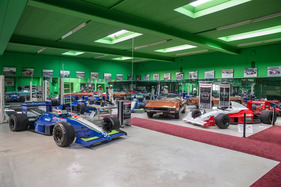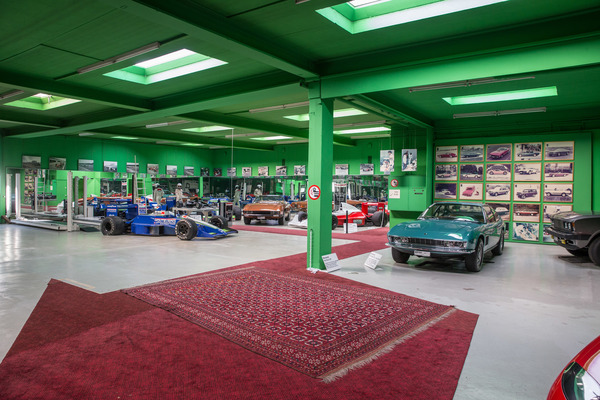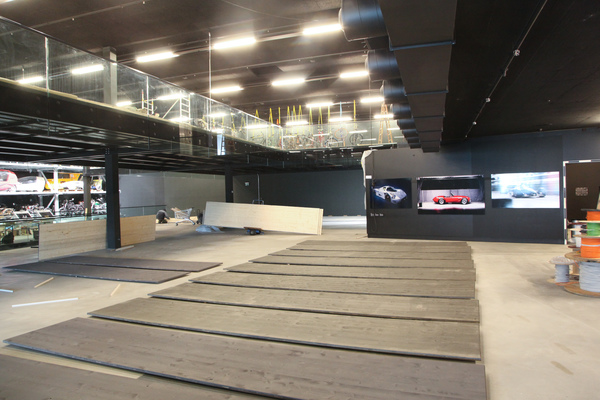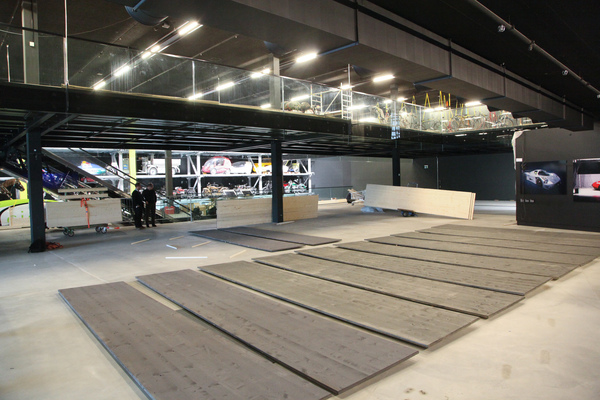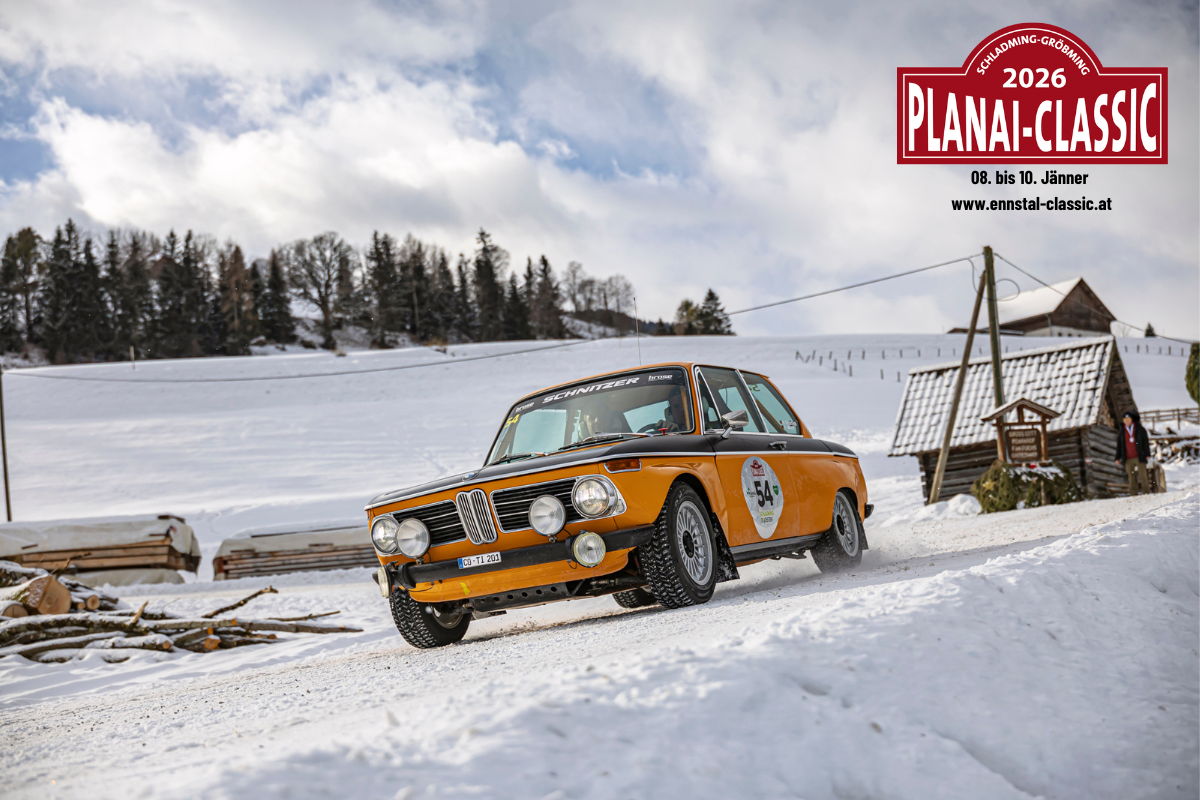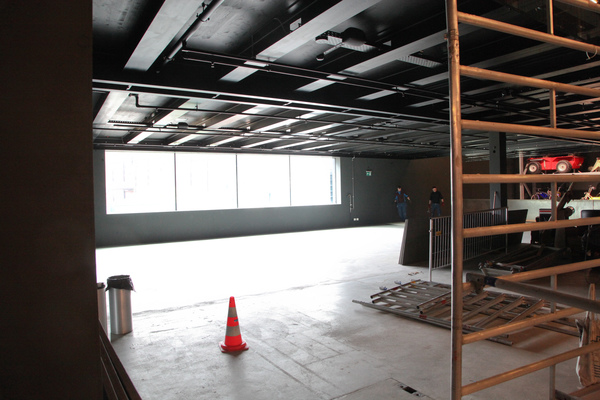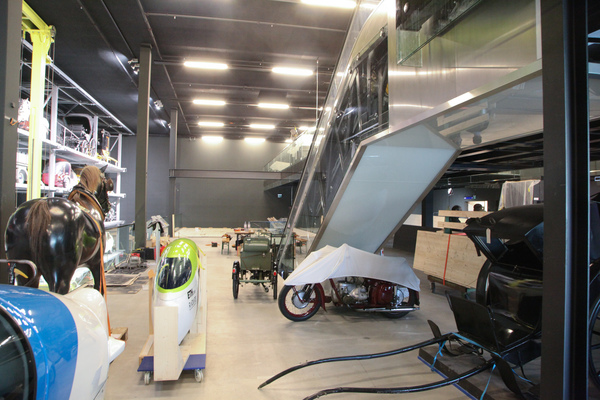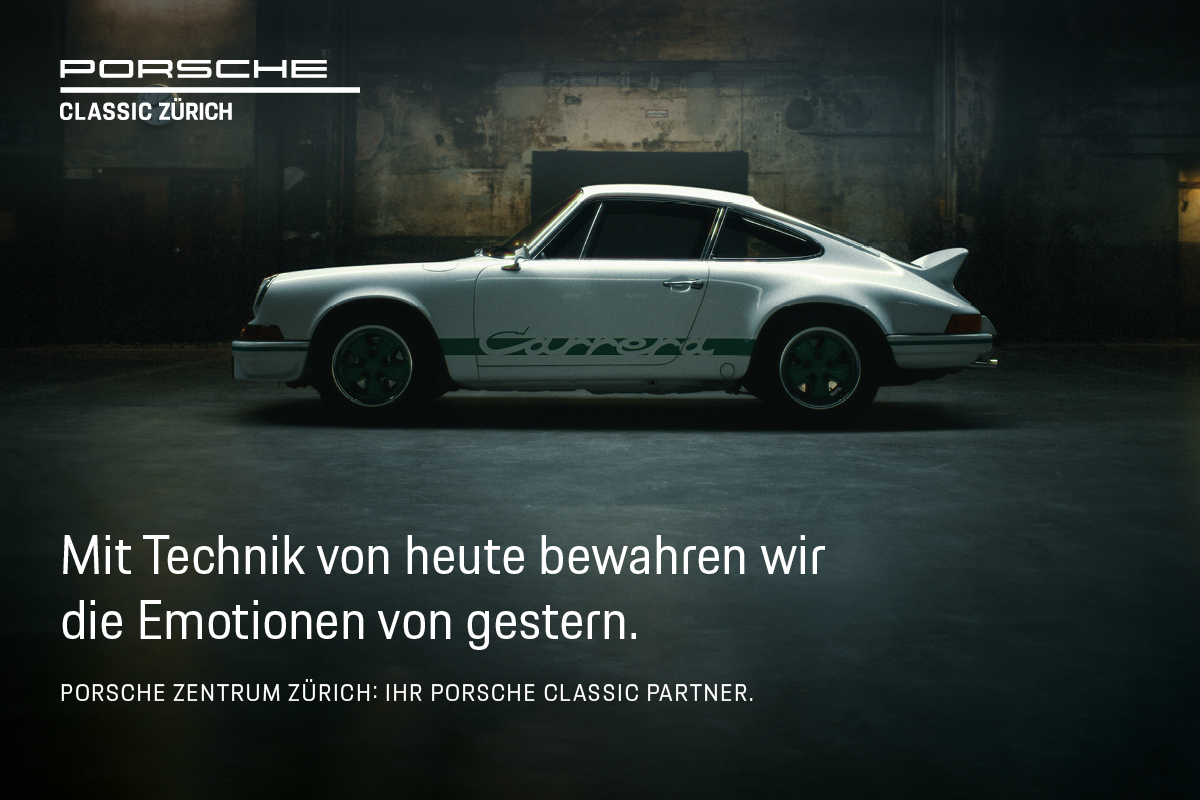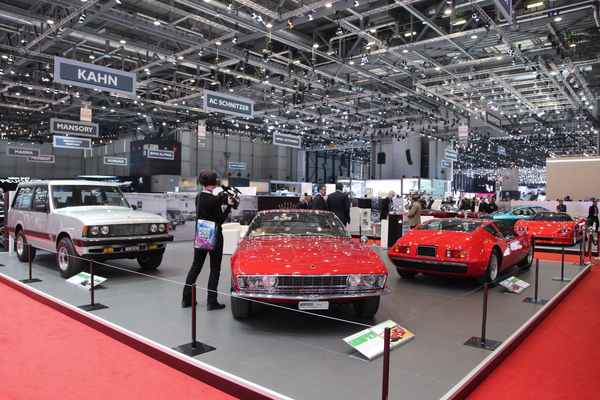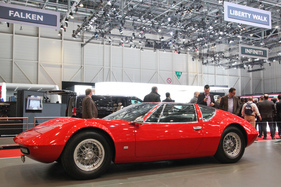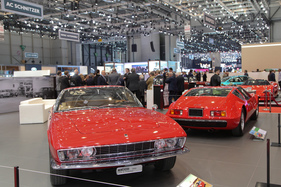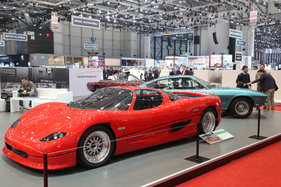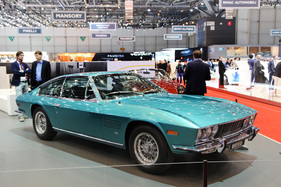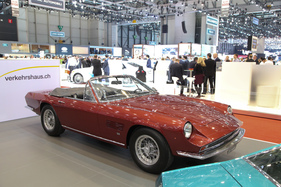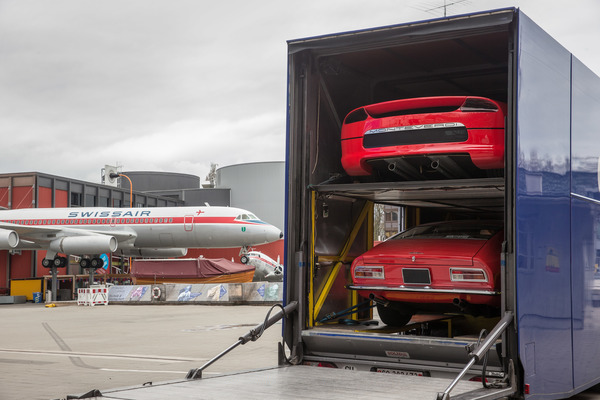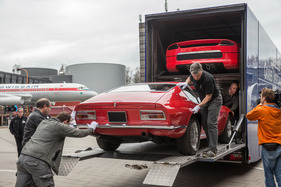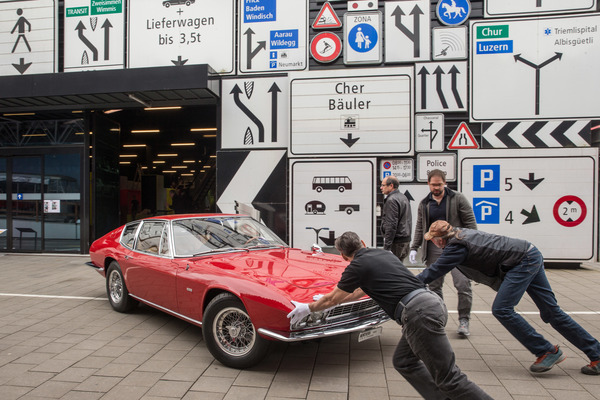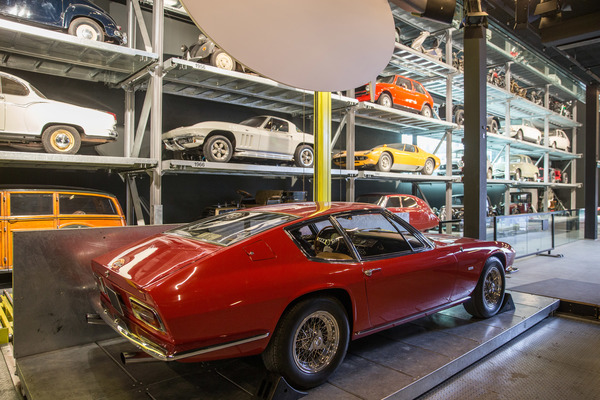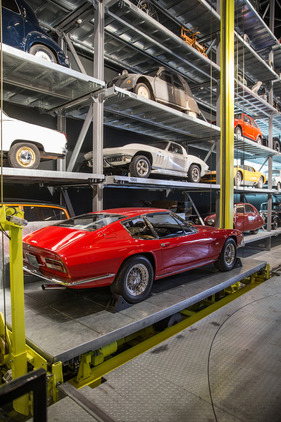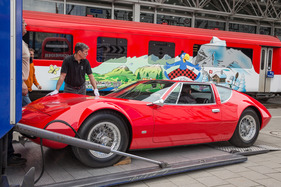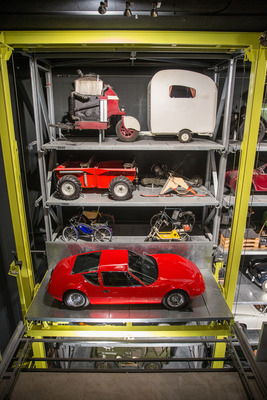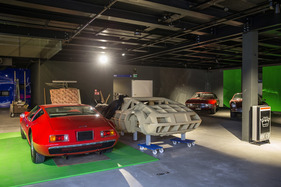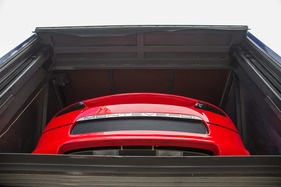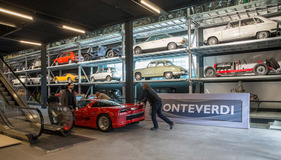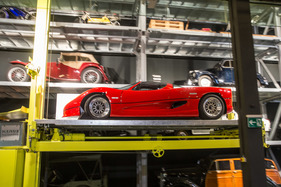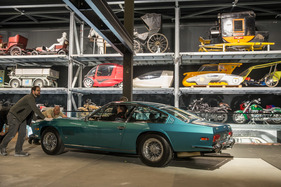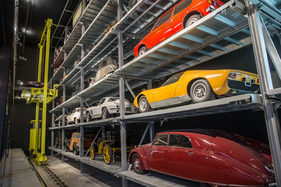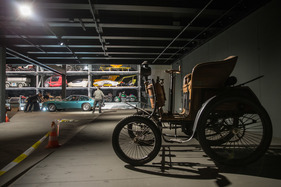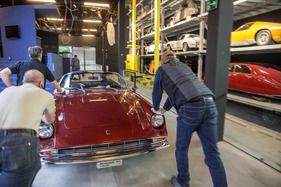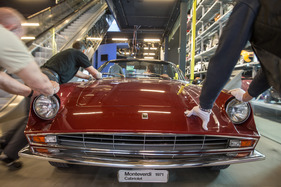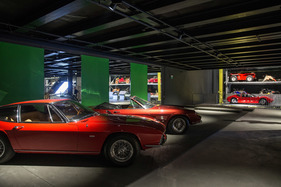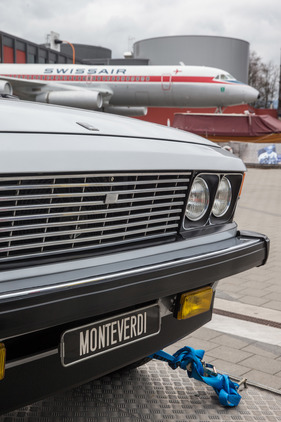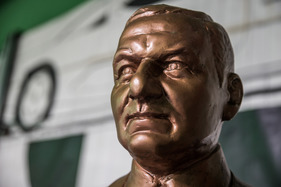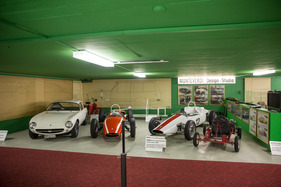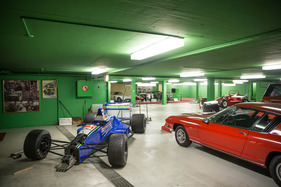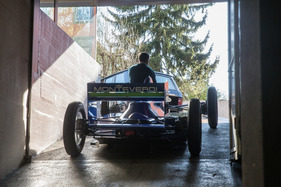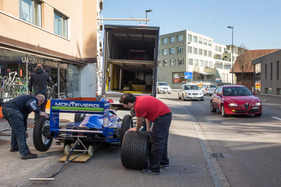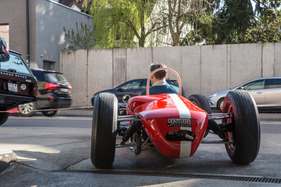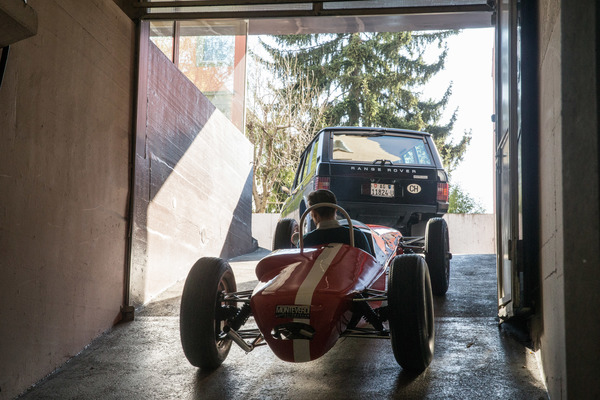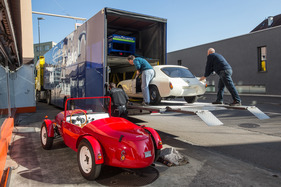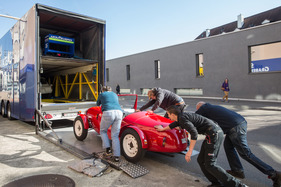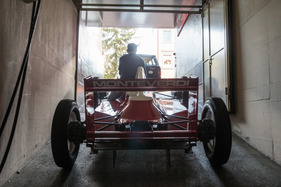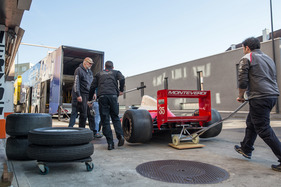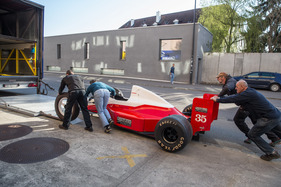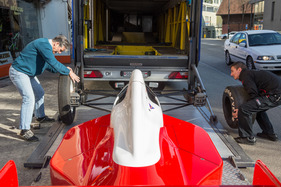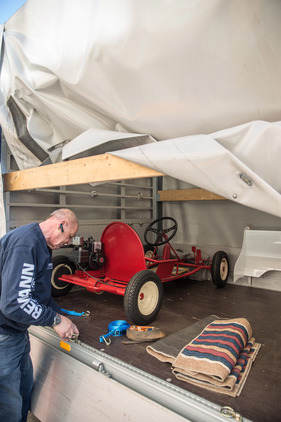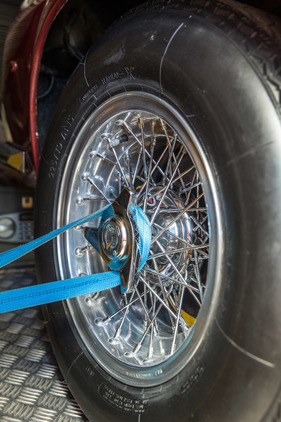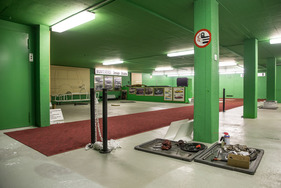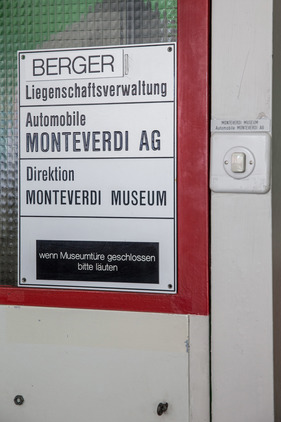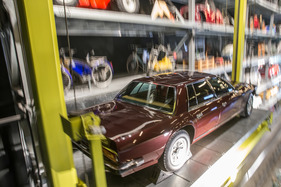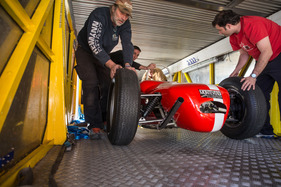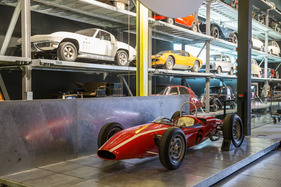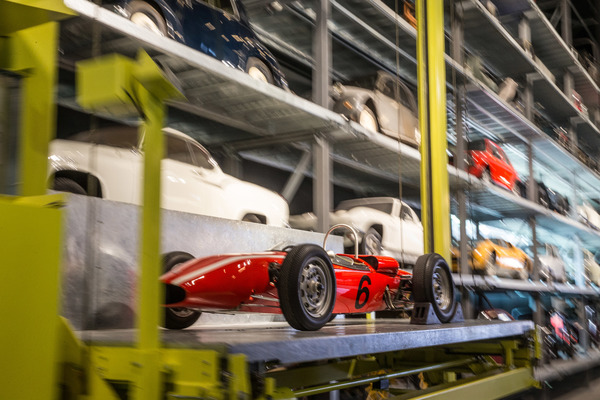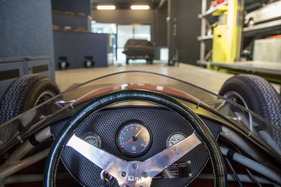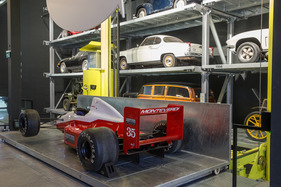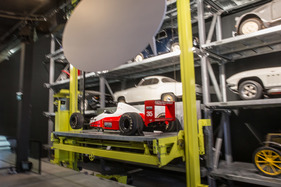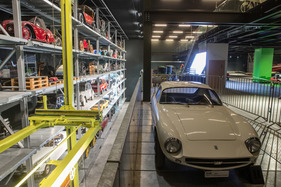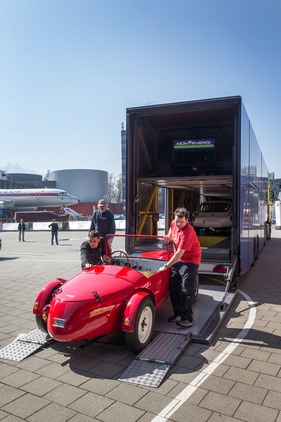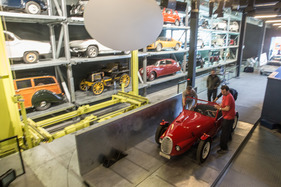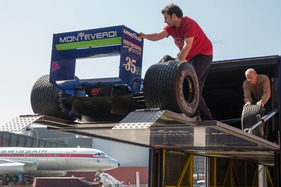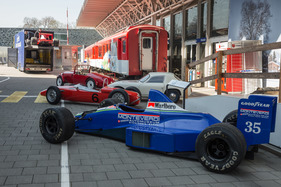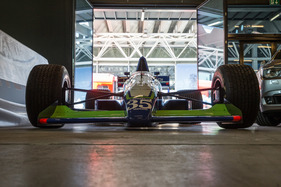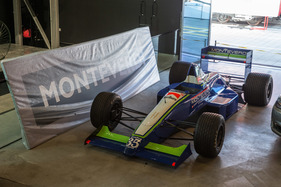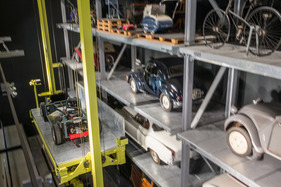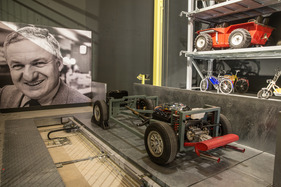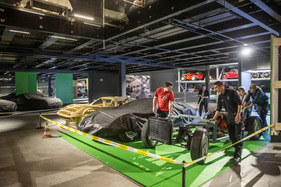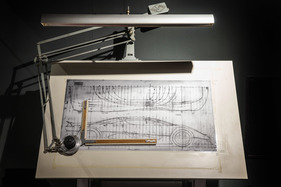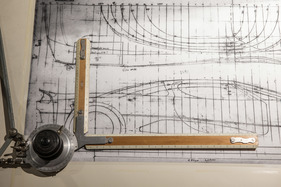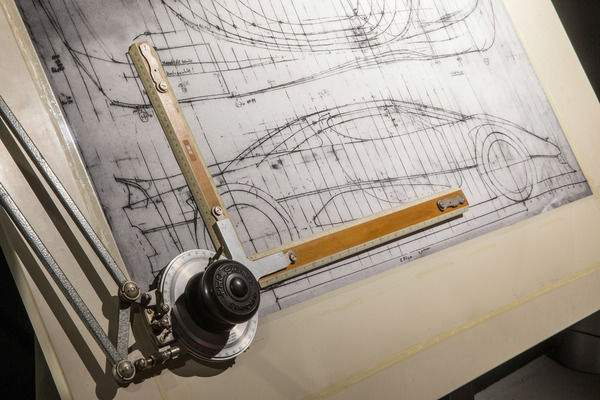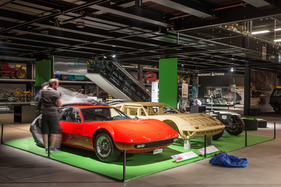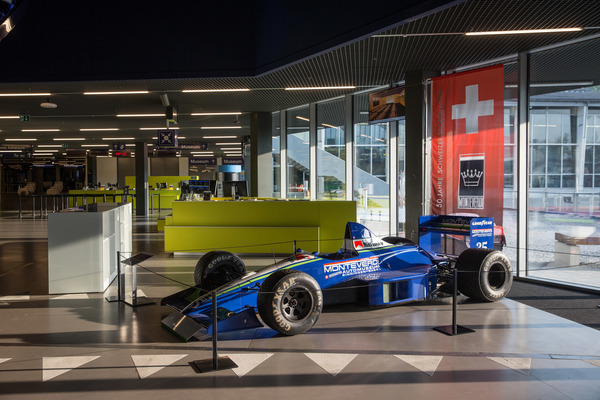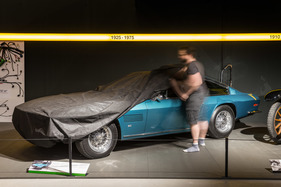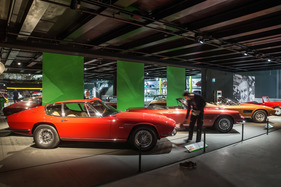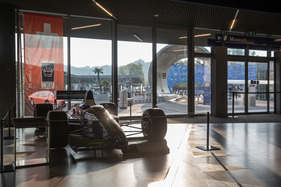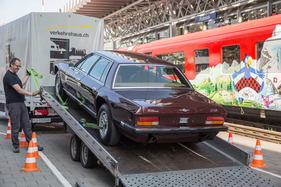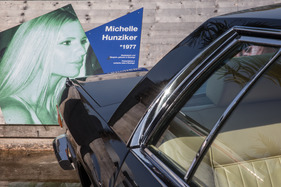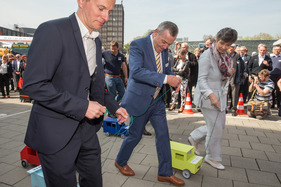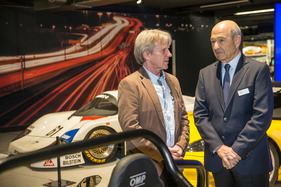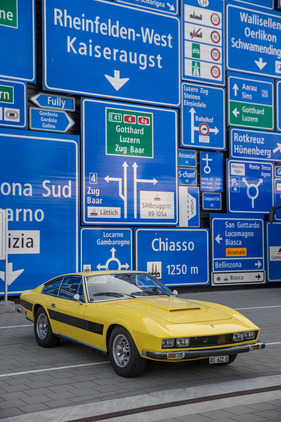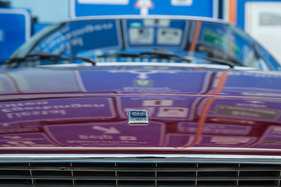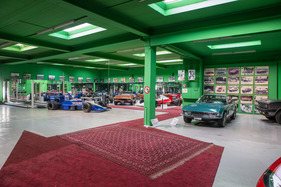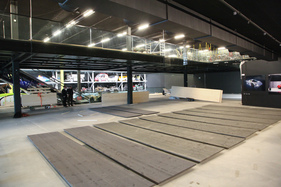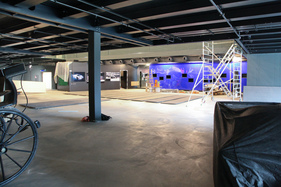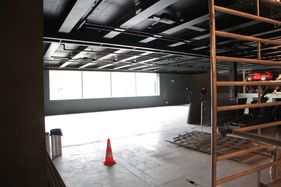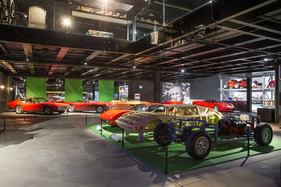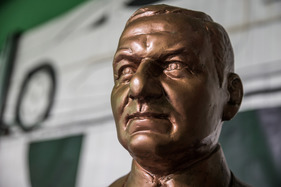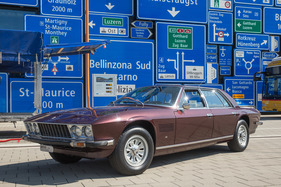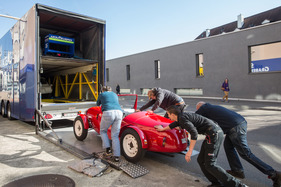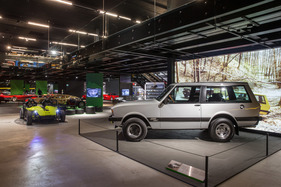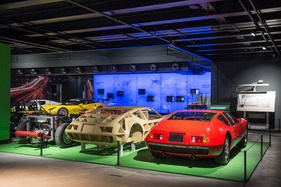What would happen if all eleven players from FC Basel suddenly moved to FC Lucerne? The relocation of the Basel Monteverdi Museum from Binningen to the Swiss Museum of Transport in Lucerne seems similar. The museum in Monteverdi's old factory halls in Binningen is now history.
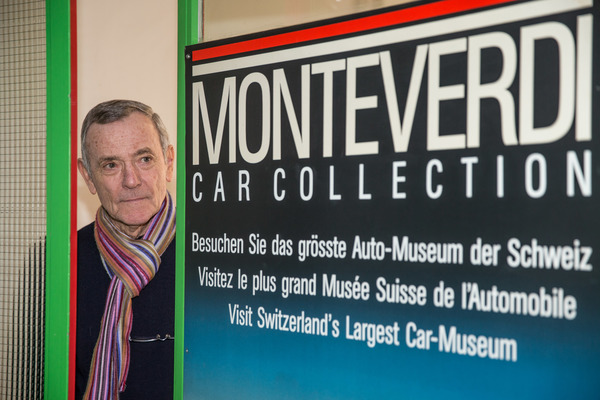
The Museum of Transport in Lucerne is almost doubling its exhibition space in the automobile hall and is now showing over a dozen exhibits from the Peter Monteverdi Foundation. These vehicles are part of Switzerland's industrial heritage. They are of great national and international importance.
It was not only the variety of high-quality vehicles designed under the Monteverdi brand, but also the unique way in which Peter Monteverdi steered the company's diverse fortunes in an almost self-taught and visionary manner that led to the brand's outstanding reputation worldwide.
Formative figure
Peter Monteverdi is actually the only Swiss series car manufacturer of the modern era. From the early 1960s to 1987, Monteverdi not only created fascinating luxury sports cars, but also helped shape the SUV segment with his visionary vehicle concepts.
When Peter Monteverdi took over his father's garage at a young age, he already had some experience with his passion, motorsport. After several years as a successful racing driver, he built his own Formula Junior models and even an F1 racing car under the brand name MBM (Monteverdi Binningen Motors).
But after his serious accident at the Hockenheimring in 1961, Peter Monteverdi devoted all his energy to expanding his garage. At the time, Monteverdi was the official Ferrari importer and representative of Lancia and BMW.
However, Monteverdi did not want to renounce his passion for fast cars and his creativity, so he initially constructed special versions of racing cars, but also a sports car under the MBM brand.
Car production under his own name
From 1967, he expanded his business into his own Swiss automobile brand, which bore his own illustrious name thanks to the influence of AR editor-in-chief Braunschweig. Wouldn't it be possible to combine the comfort of a Rolls-Royce with the sportiness of a Ferrari? With the Monteverdi High-Speed, the 33-year-old Monteverdi achieved what no one had dared to do before. Everything was on board in abundance and in a successful combination: pure comfort, power and luxury. Monteverdi was already a world-famous brand after its premiere at the IAA in Frankfurt in 1967.
This marked the beginning of what is still today an impressive and intensive creative period in the life of the young Swiss! For around 20 years, luxurious sports and touring cars were built in Binningen under the Monteverdi brand. This was the last Swiss car manufacturer that was not only able to produce exclusive car bodies, but also produced complete cars, usually by developing prototypes.
According to Paul Berger, Peter Monteverdi's companion and sales manager at the time, the company built a total of around 3000 of its own cars. The first luxury sports car was the High Speed 375 in 1967, while the most successful model in terms of unit numbers was the luxurious "Safari" off-road vehicle. During its heyday, Monteverdi employed up to 50 people. When car production was discontinued, Peter Monteverdi set up the museum in 1985.
Move to the Museum of Transport
The façade concept of the Road Transport Hall in the Swiss Museum of Transport is an eye-catcher that guarantees a high recognition effect throughout the country and beyond. A total of 344 road traffic signal boards were installed on an outdoor area of around 1600 m2.
The Monteverdi vehicles can now also be permanently displayed in this famous hall.
Paul Berger told the Basellandschaftliche Zeitung newspaper: "I am happy about this solution". Since Peter Monteverdi's death in 1998, he had been the sole director of the museum in Binningen. At the age of 74, he had to find a new solution for Monteverdi's legacy. For cost reasons, the museum could only be visited by appointment, and there were not enough funds for the necessary staff to keep the collection on permanent display. And Paul Berger received no public funding.

In the end, Berger set up a foundation into which he donated 22 of the 50 vehicles. The aim of the foundation is to ensure that future generations will be able to learn about the history of the Monteverdi brand and that perfectly preserved, roadworthy vehicles will bear living witness to the "fascination of Monteverdi".
The foundation's 22 cars and other exhibits will now be displayed in rotation at the Swiss Museum of Transport in Lucerne
"I had to act while I could still make my own decisions," explained Paul Berger, adding: "It's also a small act of defiance towards the public authorities, who didn't even help me with a single franc, which hurt me a lot."
That's why moving the museum to the Museum of Transport was the right thing to do. Daniel Geissmann from the Museum of Transport Lucerne explains how the contact between the Museum of Transport and Paul Berger came about: "We sounded out the interests, and at some point the whole thing took shape. Only then did serious discussions take place about the new exhibition in Lucerne".
For Daniel Geissmann, it was important that the history of Monteverdi should be preserved for the whole of Switzerland and made accessible to the next generation. "This exhibition marks the end of an era in which Swiss cars were still being produced. Monteverdi was the last to do so," added Geissmann.
Relocation in three acts
Before moving into the Swiss Museum of Transport in Lucerne, some of the most famous Monteverdi models, including the HighSpeed, the Hai and the Safari, were presented again at the 2017 Geneva Motor Show 50 years after the company was founded. What was not possible in 1967 - the premiere took place at the IAA in Frankfurt, as is well known - now took place on a spacious stand in Geneva in 2017.

After the Geneva Motor Show, the cars were brought directly to Lucerne and temporarily placed in the new road traffic hall.
In a second batch, the other vehicles destined for the Lucerne Museum of Transport were then transported from Binningen to Lucerne.
Limited space despite newly designed hall
The road traffic hall at the Museum of Transport was renovated from January to March 2017. A new intermediate floor was installed to provide additional space for the exhibition. The high-bay warehouse, which has been installed for many years and houses part of the Swiss Museum of Transport's car collection, remains in place, with access to the top level via a long escalator.
Despite the increased space, not all 22 cars can be exhibited in the Museum of Transport at the same time. Geissmann: "We will regularly stage themed groups: Once more motorsport, then more off-road vehicles or then the limousines."
The cars will then be exchanged. The vehicles not on display will wait in the storage halls.
Grand opening on April 12, 2017
Shortly before Easter, on April 12, 2017, the renovated road traffic hall and the Monteverdi exhibition were officially opened. Of course, the Monteverdi Foundation founder Paul Berger was present, as were Peter Sauber and other celebrities from the automotive scene. The new exhibition site was inaugurated with speeches and handed over to the public.

The Lucerne Museum of Transport is open every day during the summer from 10:00 to 18:00. Adults pay CHF 30.00, and there are various discounts for groups, children, etc.
Further information can be found on the website of the Lucerne Museum of Transport.


